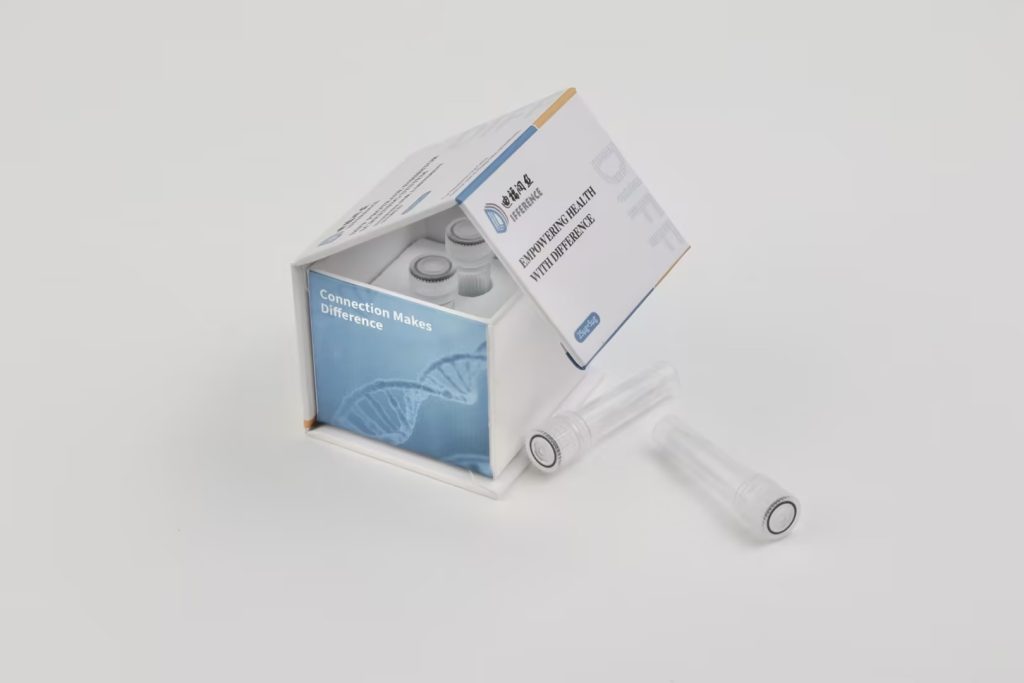The latest research progress in protease inhibitor screening is reflected in multiple aspects, and the following is an overview of some key points:
1. Innovation in screening technology
High throughput screening (HTS): HTS technology continues to develop, utilizing automated equipment and advanced detection techniques to quickly screen a large number of compounds in a short period of time. By optimizing the screening process and algorithm, the efficiency and accuracy of HTS have been further improved.
Computer aided drug design (CADD): CADD technology plays an increasingly important role in protease inhibitor screening. Through molecular simulation and docking, CADD can predict the binding mode and inhibitory effect of compounds with proteases, thereby accelerating the discovery process of new drugs. In recent years, with the improvement of computing power and algorithm optimization, the accuracy and practicality of CADD have been significantly enhanced.
Artificial Intelligence (AI) and Machine Learning: The application of AI and machine learning technologies has brought new breakthroughs in protease inhibitor screening. By training the model, AI can learn and identify compound features with potential inhibitory activity, thereby guiding the screening process. This method not only improves screening efficiency, but also reduces errors caused by human intervention.
2. Screening strategies for specific diseases
Screening of main protease inhibitors for COVID-19: With the continued impact of the COVID-19 pandemic, screening of inhibitors for the SARS-CoV-2 virus main protease (Mpro) has become a research hotspot. Researchers have successfully screened multiple compounds with Mpro inhibitory activity using various techniques such as HTS and CADD, providing new drug candidates for the treatment of COVID-19.
Screening of proteasome inhibitors for cancer: Proteasomes play an important role in cell cycle regulation, signal transduction, and are closely related to the occurrence and development of various cancers. Therefore, the screening of proteasome inhibitors is also one of the current research focuses. Researchers have identified multiple drug candidates that can inhibit proteasome activity by screening compounds with specific structural features, providing new options for cancer treatment.
3. Application of new screening platforms
DNA coding chemical library technology: This technology uses DNA as a unique identifier for compounds, linking each compound to a specific DNA sequence. During the screening process, DNA sequences that bind to proteases are identified through PCR amplification and sequencing techniques, and the corresponding compound structures are inferred accordingly. The DNA encoding chemical library technology has achieved the screening of ultra large scale compound libraries, greatly improving the screening efficiency.
Cell based screening platform: Cell based screening platform can evaluate the biological activity of compounds in an environment closer to physiological conditions. Researchers use these platforms to screen protease inhibitors with specific biological effects, such as anti proliferation and pro apoptosis, providing strong support for new drug development.
4. Interdisciplinary integration
Protease inhibitor screening involves knowledge from multiple disciplines such as biochemistry, molecular biology, computational chemistry, pharmacology, etc. With the acceleration of interdisciplinary integration, researchers can comprehensively apply various technologies and methods to explore the mechanism of action and screening strategies of protease inhibitors from multiple perspectives. This interdisciplinary research model has brought new ideas and methods for protease inhibitor screening.
In summary, the latest research progress in protease inhibitor screening is reflected in the innovation of screening techniques, screening strategies for specific diseases, the application of new screening platforms, and interdisciplinary integration. These advances not only improve screening efficiency and accuracy, but also provide more possibilities and opportunities for new drug development.
September 6, 2024
The latest research progress in protease inhibitor screening
Share on:
Facebook
Twitter
Pinterest
WhatsApp
Recent posts
We recommend


